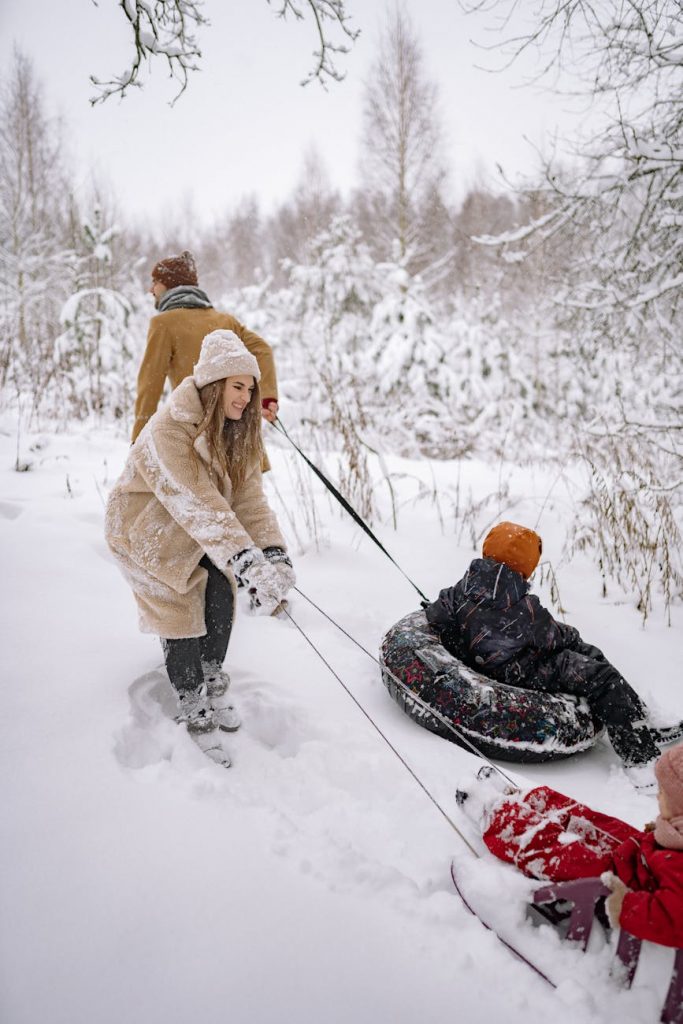Understanding Winter Tire Grip
Why Winter Tire Grip Matters
Winter tire grip is a game-changer for safe driving when the weather turns nasty, especially in places like Toronto, Niagara Falls, Kitchener, Hamilton, Surrey, Ottawa, and Calgary. Good grip means your car sticks to the road, even when it’s icy, snowy, or just plain wet, cutting down the chances of accidents.
Winter tires are made with special rubber that stays soft when it’s cold, giving you better contact with the road. This is super important for keeping control of your car, especially when you need to brake or make sharp turns. Better grip also means your car is more stable overall, making winter tires a must-have for safe winter driving.
| Benefit | What It Means |
|---|---|
| Better Traction | Your car grips snow and ice better |
| Improved Braking | You stop faster |
| More Control | Easier handling on winter roads |
| Safety | Fewer accidents |
Want to know more about why winter tires are a big deal? Check out our article on winter tire benefits.
What Affects Winter Tire Grip
Several things can mess with how well your winter tires grip the road. Knowing these can help you pick the best tires for your car or truck.
Tire Tread Depth
How deep the tread is on your tires makes a big difference. Deeper treads push snow, slush, and water out of the way, giving you better traction. Shallow treads? Not so much. They can make your car slip and slide more. So, keep an eye on that tread depth. For more info, visit our article on winter tire tread depth.
| Tread Depth (inches) | How It Performs |
|---|---|
| > 6/32 | Best traction |
| 4/32 – 6/32 | Okay but not great |
| < 4/32 | Bad traction, time for new tires |
Rubber Compound
The rubber in winter tires stays soft in the cold, which helps it grip the road better. All-season tires, on the other hand, get hard when it’s cold, which means less traction. For a side-by-side look at all-season vs. winter tires, see our article on all-season tires vs winter tires.
Tread Pattern
The design of the tread also matters. Winter tires have special patterns with wider grooves and extra edges to grip snow and ice better. These patterns help your car stay in contact with the road, making it easier to speed up and slow down. To learn more, visit our article on winter tire tread patterns.
| Tread Pattern Feature | What It Does |
|---|---|
| Wider Grooves | Pushes water out of the way |
| Extra Edges | Better grip on ice and snow |
| Sipes | More traction on slippery roads |
Knowing why winter tire grip is important and what affects it can help you pick the right tires for your car, especially if you live in places like Toronto, Hamilton, and Calgary. For the best deals and services, check out our best prices winter tires and winter tire deals.
Getting the Best Winter Tire Grip
To drive safely on winter roads, you need the best tire grip you can get. This means taking care of your tires, picking the right ones, and driving smart.
Taking Care of Your Tires
Keeping your winter tires in good shape is key to making sure they grip the road well. Regular checks and maintenance can make a big difference.
- Tire Pressure: Check your tire pressure often. Cold weather can make it drop, which means less traction and more wear.
- Tread Depth: Make sure your tires have enough tread. Worn-out treads mean less grip. For more details, read our article on winter tire tread depth.
- Tire Rotation: Rotate your tires every 5,000 to 8,000 miles to keep them wearing evenly. For guidance, visit our page on winter tire rotation.
- Alignment and Balancing: Check and adjust alignment and balancing regularly to avoid uneven wear and keep good grip.
| Maintenance Task | How Often |
|---|---|
| Check Tire Pressure | Monthly |
| Inspect Tread Depth | Every 3 Months |
| Rotate Tires | Every 5,000-8,000 miles |
| Alignment and Balancing | Annually |
Picking the Right Winter Tires
Choosing the right winter tires is crucial for getting the best grip. Here’s what to look for:
- Tread Patterns: Tires with deep grooves and special patterns grip snow and ice better. Check out our guide on winter tire tread patterns for more info.
- Rubber Composition: Winter tires are made from rubber that stays flexible in the cold, which helps with grip.
- Studded vs. Studless: Studded tires grip ice better, while studless tires are good for all-around performance. Learn more in our article on studded vs studless winter tires.
| Tire Feature | What It Does |
|---|---|
| Deep Tread Patterns | Better snow traction |
| Special Rubber Compounds | Stays flexible in cold |
| Studded Tires | Best for ice |
| Studless Tires | Good all-around |
Driving Tips for Better Grip
How you drive can also affect how well your tires grip the road.
- Smooth Moves: Avoid sudden acceleration or braking to keep control and traction.
- Keep Your Distance: Leave more space between you and the car in front to give yourself more time to stop.
- Slow Down: Drive slower to help your tires grip better on slippery roads.
- Use Lower Gears: In snow or ice, use lower gears to get better traction and control.
For more tips on driving safely in winter, check out our article on winter tire benefits.
By taking care of your tires, picking the right ones, and driving smart, you can get the best winter tire grip and drive safely and confidently all winter long. For a detailed look at the best winter tires out there, visit best winter tires comparison.



